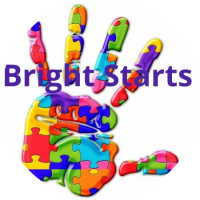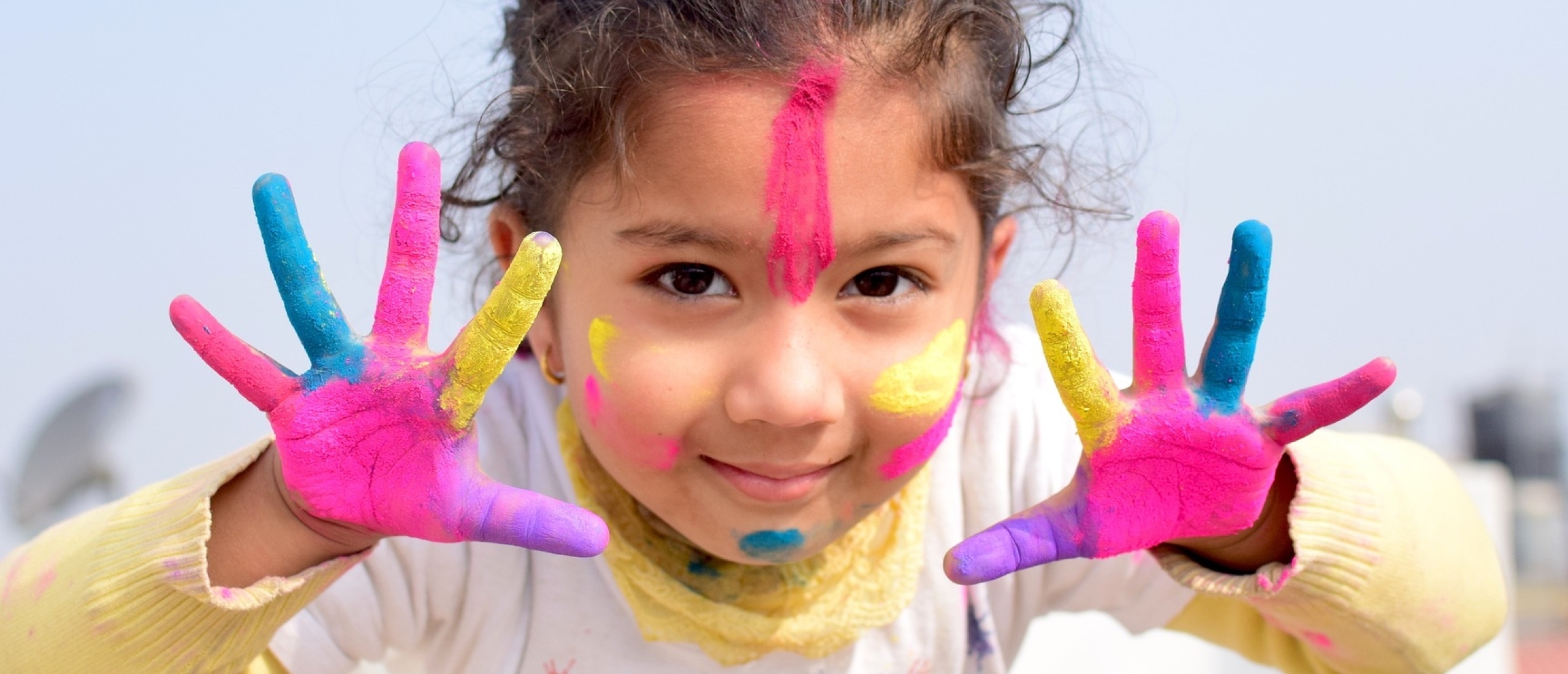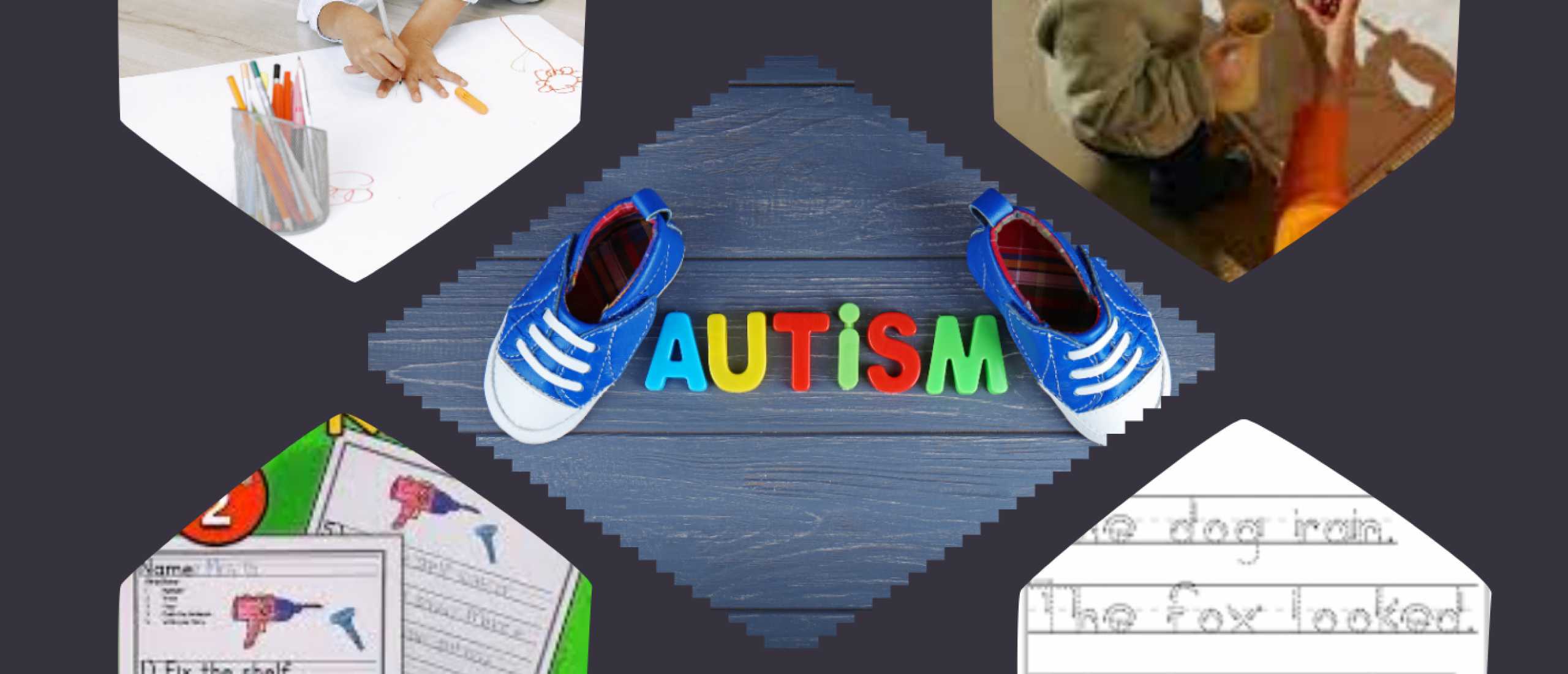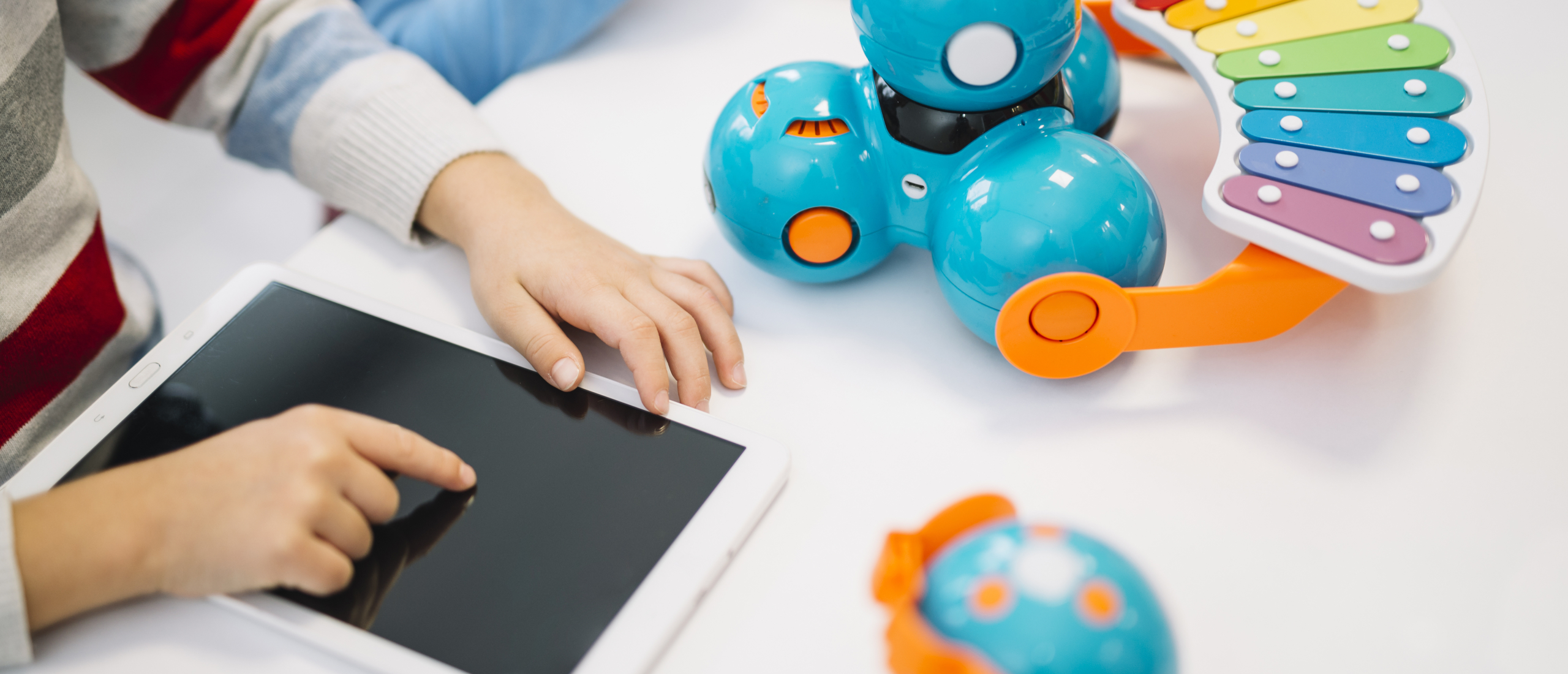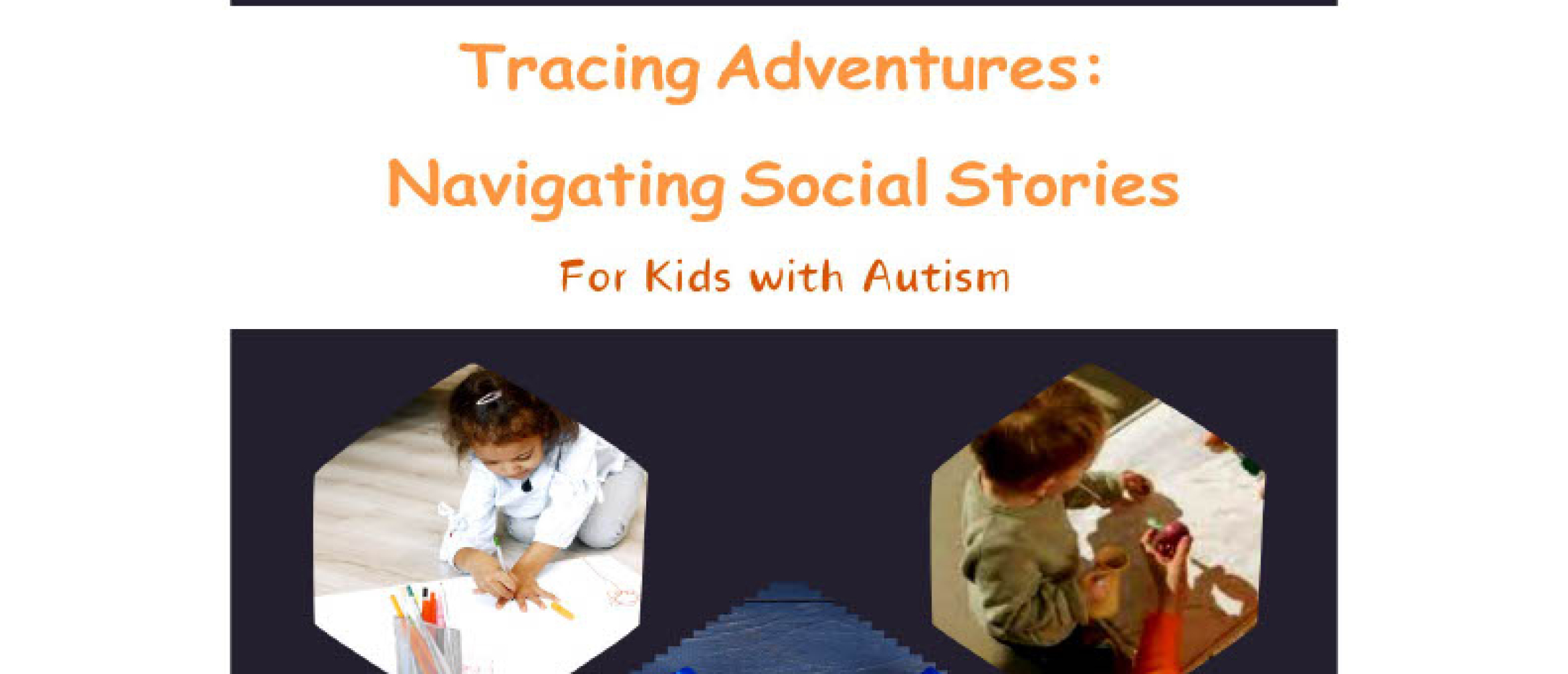
Nurturing Emotional Awareness in Children with Autism
Emotional awareness is a crucial component of development, supporting children as they learn to understand and manage their feelings, and as they navigate the complex world of human emotions. For children with autism, developing emotional awareness can be even more challenging, but it is equally, if not more, important to their abilities to form relationships, interact with others and understand social situations. Here are some strategies and ideas for nurturing the emotional awareness of kids with autism, so they are better equipped to connect with the rich and complicated world around them.
Understanding Emotional Awareness in Autism
Children with autism struggle with recognizing and expressing emotions. These are common challenges, and they lead to frequent misunderstandings and frustration in social interactions. Yet, through dedication and cultivating a powerful emotional vocabulary, children with autism can engage in a vibrant and profound understanding of the world. Here are a few ideas for developing emotional awareness in kids with autism.
Strategies for Developing Emotional Awareness
1. Visual Aids
For children with autism, whose brains are often wired visually, visual supports can be critical to developing the capacity to recognize emotions. Emotion cards, emotional scales, storyboards, and other visual supports can help link the visual experience of seeing an emotional expression to the cognitive understanding of what that expression means. Referring to these visual supports regularly can help merge learning and even allow a child to use the supports to reference how they are feeling.
2. Emotion-based Activities
Engaging in activities that encourage kids to both recognize and express their emotions can also help develop emotional awareness. Drawing, storytelling and other creative activities can allow children to express emotions in a non-verbal way that is often more comfortable and understandable to them. Many children with autism can63 draw or describe a character better than themselves to express an emotion they feel.
3. Model Descriptive Language
To encourage expressive language, adults can model the use of emotional language. “Look, I’m feeling happy because we are about to go to the park,” or, “I’m feeling sad because I didn’t get enough sleep last night,” can help children with autism understand how to use a vocabulary of emotion to express how they are feeling.
4. Social Stories and Role Playing
Children with autism can develop emotional awareness. While the journey can be longer and more complex, with love and support, they can learn to understand and express emotions more effectively. If you are walking this path with a child, remember that each child’s emotional journey is unique. Celebrate each milestone and take solace because you are helping your child understand themselves, the surrounding people, and the world they belong to.
The Rewards and the Journey of Developing Emotional Awareness in Children with Autism
The rewards that come with an emotionally aware child with autism are vast. From managing their own behavior to navigating social world, the opportunities that open up for children with autism that understand their emotions are life-changing. It is up to us, as carers and teachers in their world, to help them find that awareness through tailored strategies and a loving environment.
For support, resources, and tips on nurturing emotional awareness in your child with autism, visit us at Workbooks for Children with Autism. Let’s make a difference in the lives of our children.
